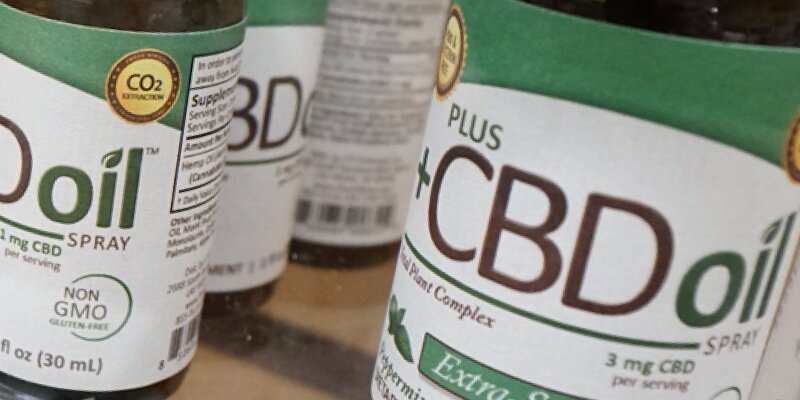On March 21st, 2018, CBD oil was finally made legal in Indiana. The governor, Eric Holcomb, signed into law a measure that would allow for the sale and use of CBD oil.
“Indiana lawmakers delivered a bill that ensures Hoosiers who benefit from CBD oil can access it. The bill provides much needed clarity, with labeling requirements and a 0.3% THC limit on CBD products. I’m grateful for the General Assembly’s hard work to bring me a bill to address the needs expressed by our citizens,” – Governor Holcomb stated.
As indicated by the Governor’s statement, any cannabidiol oil product that is to be sold legally in Indiana must contain no more than 0.3% THC. This seems to be pretty much the norm for most CBD oils found for sale in the marketplace. Most of the cannabidiol products that contain low THC levels are made from hemp.
If you want, or need, CBD oil that has higher levels of THC, you will have to look outside of Indiana. They can be found in states where higher CBD:THC ratios ratios are legal, either because marijuana is legal recreationally or legal under medical marijuana laws.
Marijuana is not yet legalized in Indiana at all – not even for medical marijuana. So, why has CBD oil been given the go ahead? It boils down to the benefits of CBD oil for so many disorders backed up by tons of research.
Another major reason is the pressure being exerted by parents of children who suffer from epilepsy and others who suffer from epilepsy. The now famous Charlotte’s Web oil, used to treat Charlotte Figi, “the girl who is changing medical marijuana laws”, experienced a reduction of her epileptic seizures brought on by Dravet syndrome after her first dose of medical marijuana when she was only five years old.
Coincidentally, suppliers from Colorado who had developed a high CBD to low THC cannabis strain had given Charlotte’s parents the product to try. It worked. Since then, they those same suppliers have developed the cannabis to have a THC level below 0.3% – the limit set by Indiana law. (That also happens to be the limit for industrial hemp THC content in the US set by Federal law.)
So, in fact, a year ago CBD oil became legal for patients in Indiana with epilepsy to use – or so they thought. The legality of purchasing it was up in the air. Indiana Attorney General Curtis Hill came out with a legal opinion last November 2017 saying that CBD oil was illegal.
That is the reason for the newly signed bill and now legalized CBD oil in Indiana – with no matching marijuana laws. Ironically, even after the law was signed, Indiana’s Attorney General still has the opinion that CBD oil is illegal in Indiana.
If you haven’t caught on by now, CBD is an abbreviation for cannabidiol and you may hear it referred to both ways. Usually, as an oil, it is just called CBD oil. Cannabidiol is just one of many cannabinoids (113 at last count).
What conditions does cannabidiol and its oil help with? The question is more like, what doesn’t it help with?
Cannabinoids have been found to reduce inflammation and improve homeostasis. Inflammation, in turn, has been shown to be the root cause of many diseases. CBD has been found to help with epileptic seizures, anxiety, chronic pain, as a cancer treatment, and of course inflammation itself – as per many studies.
Check out all the studies for CBD and cancer alone.
Why CBD oil? Because cannabidiol is the second most abundant cannabinoid found in both the marijuana and hemp plant (cannabis family). THC is the first most abundant, well at least in the marijuana (cannabis) plant, but THC has psychotropic side effects, the well known feeling of “getting high”.
So, CBD and its oil have been targeted for much research and products to convey the benefits of cannabinoids.

